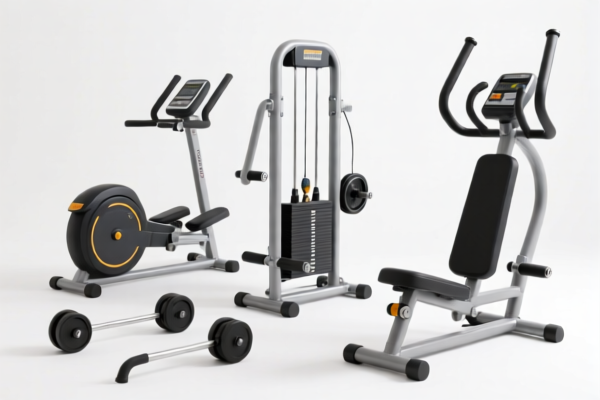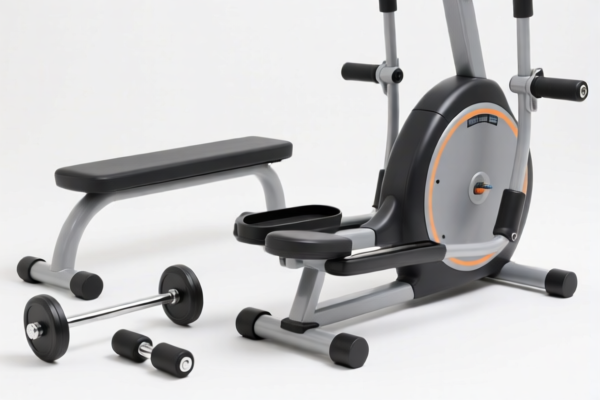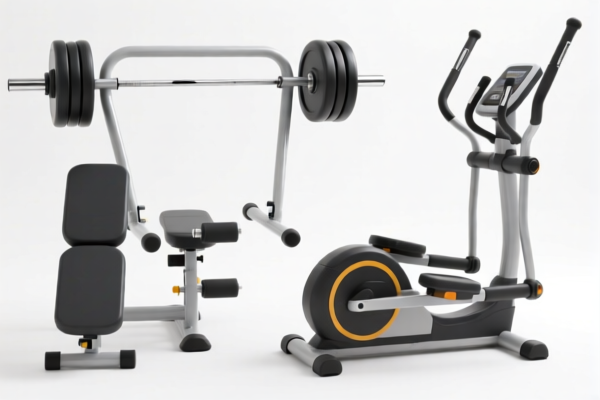| HS Code | Official Doc | Tariff Rate | Origin | Destination | Effective Date |
|---|---|---|---|---|---|
| 7308903000 | Doc | 80.0% | CN | US | 2025-05-12 |
| 7308906000 | Doc | 80.0% | CN | US | 2025-05-12 |
| 7326908605 | Doc | 82.9% | CN | US | 2025-05-12 |
| 7326908630 | Doc | 82.9% | CN | US | 2025-05-12 |
| 7411101030 | Doc | 56.5% | CN | US | 2025-05-12 |
| 7411105000 | Doc | 58.0% | CN | US | 2025-05-12 |
| 8480100000 | Doc | 58.8% | CN | US | 2025-05-12 |
| 8480300000 | Doc | 57.8% | CN | US | 2025-05-12 |
| 8487900080 | Doc | 83.9% | CN | US | 2025-05-12 |
| 8487900040 | Doc | 58.9% | CN | US | 2025-05-12 |




Riser
A riser is a component used to connect two or more components, typically in computing or construction, by increasing the vertical space between them. The term encompasses a broad range of applications and designs, depending on the specific field.
Computing
In computing, risers are most commonly used to expand the capabilities of a system by providing additional slots for expansion cards, or to accommodate components in unusual case configurations.
Material: Primarily manufactured from printed circuit board (PCB) material, often with gold plating on the connector fingers for improved conductivity. Some high-performance risers incorporate materials designed for heat dissipation.
Purpose: * Expansion: Allow for the installation of additional expansion cards (e.g., graphics cards, sound cards, network cards) beyond the motherboard's built-in slots. * Flexibility: Enable placement of components in locations where direct connection is not feasible due to space constraints or case design. Commonly used in small form factor (SFF) builds. * Cooling: Facilitate better airflow and cooling by repositioning components. * Mining: Essential in cryptocurrency mining rigs, allowing multiple GPUs to be connected to a single system.
Function: A riser card acts as an intermediary, converting the signal from the motherboard's PCIe (Peripheral Component Interconnect Express) slot to a connector that the expansion card can use. This often involves a cable connecting the riser card to a separate adapter.
Usage Scenarios: * Gaming PCs: Adding additional graphics cards (though less common now due to diminishing returns). * Workstations: Supporting multiple GPUs for professional applications (e.g., rendering, video editing). * Servers: Increasing the number of available PCIe slots for network cards, storage controllers, or other expansion devices. * Cryptocurrency Mining Rigs: Connecting multiple GPUs to a motherboard, maximizing hash rate. * Small Form Factor Builds: Utilizing space efficiently by relocating components.
Common Types: * PCIe Risers: The most prevalent type, supporting various PCIe versions (e.g., PCIe 1.0, PCIe 3.0, PCIe 4.0). These come in x1, x4, x8, and x16 configurations, corresponding to the number of lanes available. * Powered Risers: Include a power connector to provide supplemental power to the expansion card, particularly important for high-power GPUs. * Non-Powered Risers: Rely on the power provided by the motherboard's PCIe slot, suitable for lower-power cards. * Active Risers: Incorporate cooling fans to dissipate heat generated by the riser card itself. * External Risers: Connect externally to the system, typically via Thunderbolt or other high-speed interfaces.
Construction
In construction, a riser refers to a vertical shaft that houses utilities like plumbing, electrical wiring, and HVAC ducts.
Material: Typically constructed from concrete, steel, or a combination of both. Fire-resistant materials are often used to contain potential fires.
Purpose: To provide a dedicated pathway for utilities to travel between floors of a building.
Function: A riser shaft allows for easy access to utilities for maintenance and repairs. It also helps to contain and protect these utilities.
Usage Scenarios: * Multi-story Buildings: Essential for providing utilities to all floors. * Commercial Buildings: Often contain a complex network of risers to support various systems. * Residential Buildings: Provide plumbing and electrical connections to individual units.
Common Types: * Plumbing Risers: Contain water pipes for hot and cold water, as well as drain pipes. * Electrical Risers: Contain electrical wiring and conduits. * HVAC Risers: Contain ducts for heating, ventilation, and air conditioning. * Fire-Rated Risers: Constructed with fire-resistant materials to prevent the spread of fire. * Chase: A similar concept, often referring to a concealed vertical space within a wall or floor.
The specific meaning of "riser" will depend heavily on the context in which it is used.
Based on the provided reference material, the following HS codes may be relevant to “riser”:
- 7308903000: Structures (excluding prefabricated buildings of heading 9406) and parts of structures (for example, bridges and bridge sections, lock gates, towers, lattice masts, roofs, roofing frameworks, doors and windows and their frames and thresholds for doors, shutters, balustrades, pillars and columns) of iron or steel; plates, rods, angles, shapes, sections, tubes and the like, prepared for use in structures, of iron or steel: Other: Columns, pillars, posts, beams, girders and similar structural units: Not in part of alloy steel.
- 73: Iron or steel articles.
- 08: Structures and parts of structures.
- 903000: Columns, pillars, posts, beams, girders and similar structural units not containing alloy steel. This code covers structural components used in construction or assembly.
- 7308906000: Structures (excluding prefabricated buildings of heading 9406) and parts of structures (for example, bridges and bridge sections, lock gates, towers, lattice masts, roofs, roofing frameworks, doors and windows and their frames and thresholds for doors, shutters, balustrades, pillars and columns) of iron or steel; plates, rods, angles, shapes, sections, tubes and the like, prepared for use in structures, of iron or steel: Other: Columns, pillars, posts, beams, girders and similar structural units: Other.
- 73: Iron or steel articles.
- 08: Structures and parts of structures.
- 906000: Columns, pillars, posts, beams, girders and similar structural units, other. This code also covers structural components, but without the alloy steel restriction of 7308903000.
- 8487900080: Machinery parts, not containing electrical connectors, insulators, coils, contacts or other electrical features, and not specified or included elsewhere in this chapter: Other Other.
- 84: Nuclear reactors, boilers, machinery and mechanical appliances; parts thereof.
- 87: Parts of machinery.
- 900080: Other machinery parts not specified elsewhere. This code may apply if the riser is considered a component of a larger machine.
Regarding HS code 7308903000 and 7308906000, please note that these codes cover structural units. If the riser is made of alloy steel, these codes are not applicable.
Regarding HS code 8487900080, please note that this code applies to parts not containing electrical features. If the riser includes electrical components, this code may not be appropriate. Additionally, a 25%加征关税 applies to steel and aluminum products under this code.
Customer Reviews
No reviews yet.